In Zimbabwe, goat farming has become an increasingly popular form of livestock production. This is because goat farming provides healthy food options, lucrative economic opportunities, and a valuable source of income for rural families. In addition, goats are very profitable and are easy to keep as the feed costs are low because they eat various foods. As a result, the demand for goat meat is high, and a lot of potential for market growth.
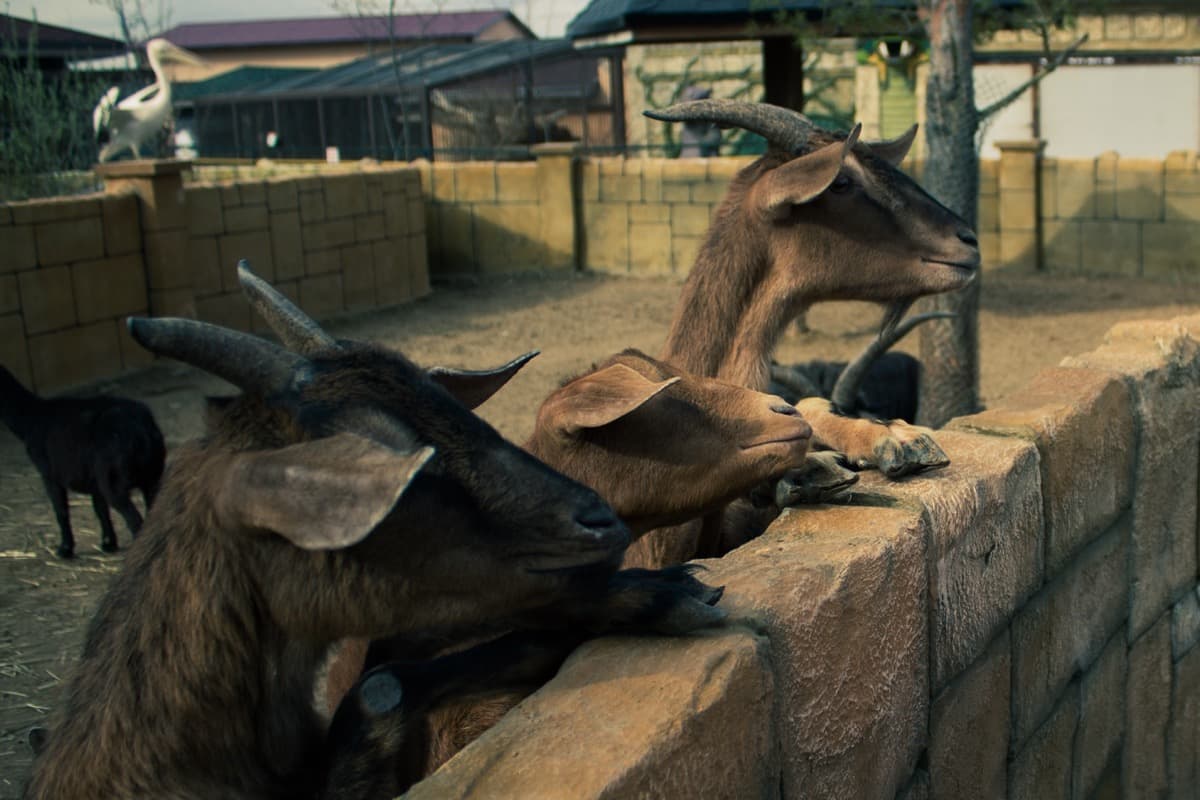
How to start Goat farming in Zimbabwe
Is goat farming profitable in Zimbabwe?
Goat farming can be quite profitable in Zimbabwe if done correctly. There are different factors to consider when starting a goat farm, such as the cost of land, equipment, and goats; the amount of time and labor required; and the market for goat products. According to the National Goat Farmers Association, goat farming can be profitable in Zimbabwe.
Goats are hardy animals and can thrive in many climates, making them well-suited for Zimbabwean farmers. Additionally, goats are relatively low-maintenance and require less food and water than other livestock. It would help if you had adequate land for grazing and housing. You must be able to provide proper care for your goats, including regular vet check-ups and vaccinations. Finally, you must have a market for your goat meat and products.
Scope of goat farming in Zimbabwe
Goat farming is an important part of the Zimbabwean economy and provides many small-scale farmers’ livelihoods. The scope of goat farming in Zimbabwe is wide, with many farmers relying on it as their primary source of income. Additionally, it is important to provide food security for many families and communities across the country.
What is the best breed of goats in Zimbabwe?
Zimbabwe has around 3.4 million goats. However, more farmers are turning commercial. The main goat breeds available in Zimbabwe are Boer goat, Kalahari Red, Angora goat, Anglo-Nubian, Saanen, and Toggenburg.
Housing and equipment for goat farming in Zimbabwe
There is a need for you to have good housing so that you become successful and profitable in your goat farming business. Goats do not require expensive housing since they are very adaptive animals. The proper housing for goats should have good ventilation and a dry floor. The goats also need protection from the sun and rain; thus, your housing should cater to that. The shelter must be well-ventilated and must be easy to clean.
Poor ventilation is bad for the health and performance of goats. Extreme temperature levels can reduce the goat’s productivity. Poor ventilation also leads to the circulation of harmful gases, which can cause respiratory problems in the goats. Good ventilation is required to provide fresh air to all shelter parts and maintain the right temperature and humidity. The goat pens for your goat farming project can be constructed using clay bricks, wood, or concrete blocks.
In case you missed it: Feed Management of Sheep and Goats: Formulation, Ingredients, Organic, DIY Feed mix, and Feeding Practices
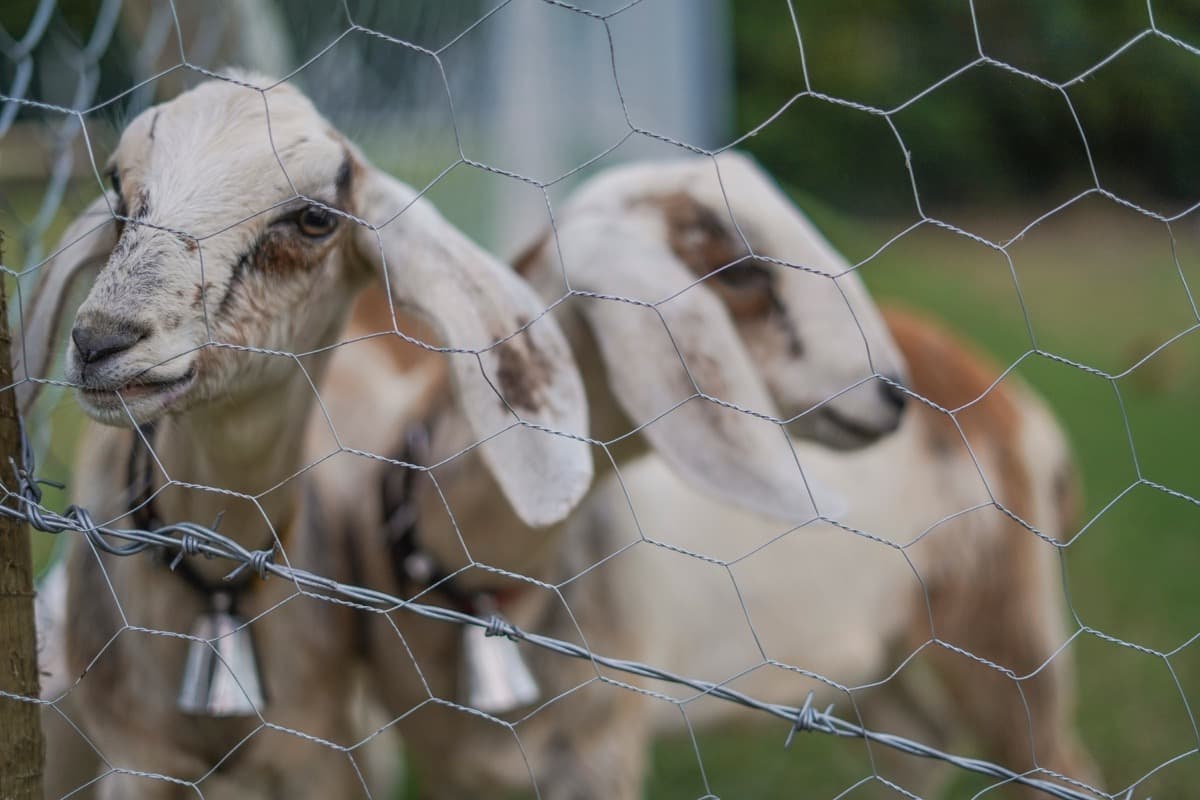
Irrespective of the material you use to construct the goat pens, you should ensure enough space for the goats and proper ventilation. The equipment required for your goat farming project includes feeders and drinkers for feed and water for the goats. Goats are relatively easy to keep and don’t require expensive housing or equipment. A simple goat shelter can be made from various materials, such as old tires, pallets, or scrap lumber. Goat fencing should be at least four feet high and made of sturdy material, such as welded wire or chain-link.
Feed and water troughs can be made from various materials, such as plastic buckets or barrels. Goats need access to fresh water and hay or pasture for grazing. They also need a source of minerals, such as a mineral block or loose minerals. Goats need plenty of ventilation to stay healthy. The floor of the goat house should be sloped so that urine and other waste can easily be removed.
The goat house should be built with sturdy materials that can withstand hot summers and cold winters. The equipment needed for goat farming includes housing, fencing, food and water troughs, milking equipment, and other supplies. Unfortunately, the cost of this equipment can also be prohibitive, but it is possible to find used equipment or even build some yourself.
Goat farming areas in Zimbabwe
The main goat farming areas in Zimbabwe are Mashonaland and Manicaland.
Goat feeding management in Zimbabwe
Feed is the largest cost of running a goat farming business. The economical nutrient source for meat goats is browse and pasture. In some cases, pasture will be sufficient to meet the nutritional requirements required by meat goats. Goats are versatile in their feeding habits. Goats can adapt to different environments.
They can consume 80 different kinds of plants. Goats are browsers by nature, and they are not grazers. Also, they will eat grass. A suitable area for goat farming should ideally have low bushes. Goats enjoy browsing materials like trees, bushes, twigs, and leaves. Several factors need to be considered when developing a goat-feeding management plan. These include;
- The age and stage of production of the goats (e.g., kids, breeding stock, wethers)
- The type of goats (e.g., Dairy, Boer, Kiko)
- The environment in which they are kept (e.g., free-range or penned)
- The available resources (e.g., pasture, feed supplements)
- It is also important to consider the economic aspects of goat-feeding management
In case you missed it: Homemade Goat Feed Recipes: How to Make, Organic, Ingredients, and Simple DIY Goat Feed Mix
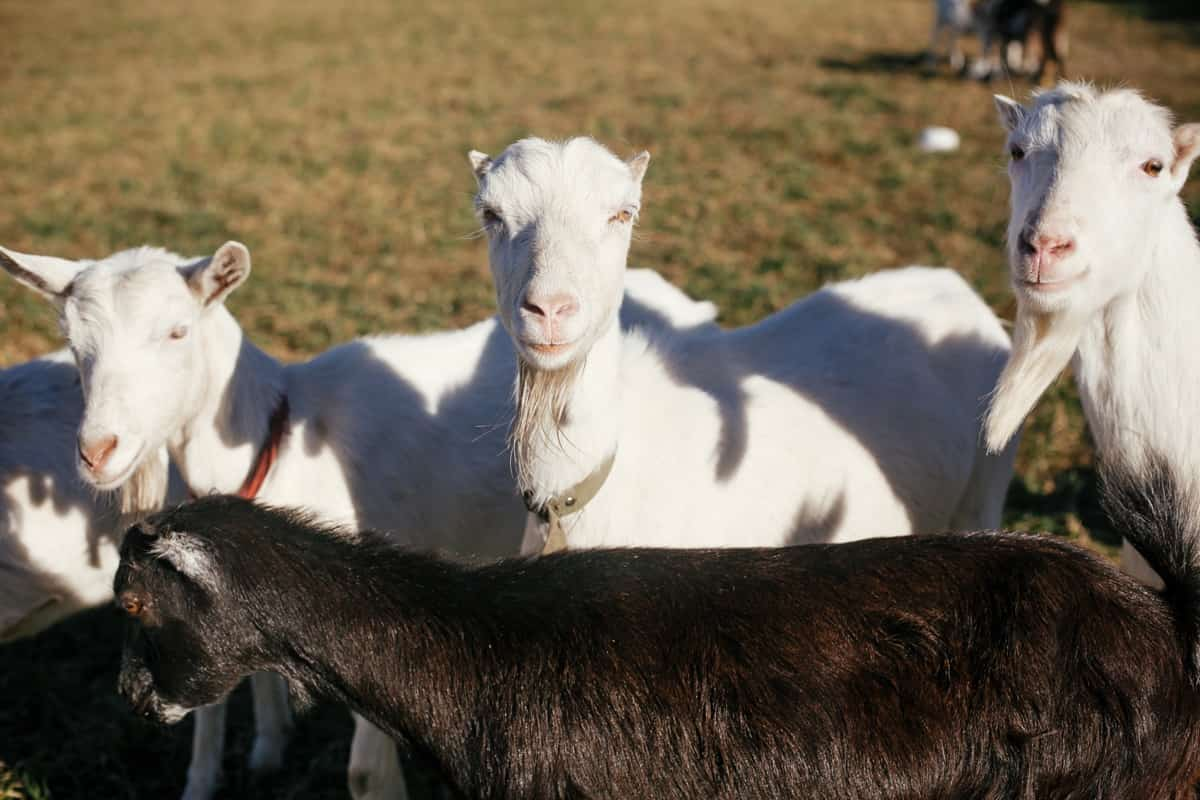
Goat farming types in Zimbabwe
- Small-scale goat farming usually consists of a few goats (less than 10) that are kept for personal use or to generate a small income. This type of goat farming is often done by subsistence farmers who cannot afford to keep larger herds.
- Medium-scale goat farming usually consists of herds of 100-500 goats. These goats are kept for meat production, milk production, or both. In addition, medium-scale farmers often sell their products to local markets or process them into value-added products such as cheese and yogurt.
- Large-scale goat farming usually consists of herds of more than 1,000 goats. These farms are usually commercial operations that produce goat meat and milk for the national market. Large-scale farmers often have access to better resources and infrastructure, which allows them to produce higher-quality products.
Key rules to start goat farming in Zimbabwe
- Goat farming can be a profitable enterprise in Zimbabwe. Farmers can produce goat meat and milk for sale in local markets with proper management. Goats can also be used for their hide and fiber, which can be sold to tanneries or weavers.
- To maximize profits, farmers need to pay close attention to the health and productivity of their goats. They should provide their goats with good quality feed and clean water and create a healthy environment for them to live in.
- Regular vaccinations and deworming are also important. Farmers can make a good income from goat farming in Zimbabwe by producing high-quality products and caring for their goats.
Goat farming business plan in Zimbabwe
1. Choose the right breed of goat – There are many different breeds of goats, each with its unique characteristics. Research to find out which breed best suits your climate and soil type.
2. Build proper housing and fencing – Goats need a clean and comfortable place to live, so make sure you build a sturdy shelter and fence in their pasture. Once you have chosen a location for your goat farm, you will need to build housing and fencing for your goats. The type of housing and fencing you will need will depend on the goats you raise. First, build shelters and fencing for your goats. Goats need shelter from the sun and rain, so you must build suitable shelters on your farm. You will also need to build fencing around your farm to keep the goats contained.
3. Provide plenty of food and water – Goats are grazing animals, so they need access to fresh grass or hay at all times. They also need clean water to drink.
4. Keep an eye on your goats’ health – Regularly check your goats for signs of illness or injury, and call a veterinarian if you have any concerns.
5. Do your research – Before starting a goat farm, it is important to research and learn as much as possible about this business. Many resources are available online and in libraries to help you get started.
In case you missed it: Key Rules to Start Goat Farming in Denmark: Business Plan, Setup Cost, Profit, and Management
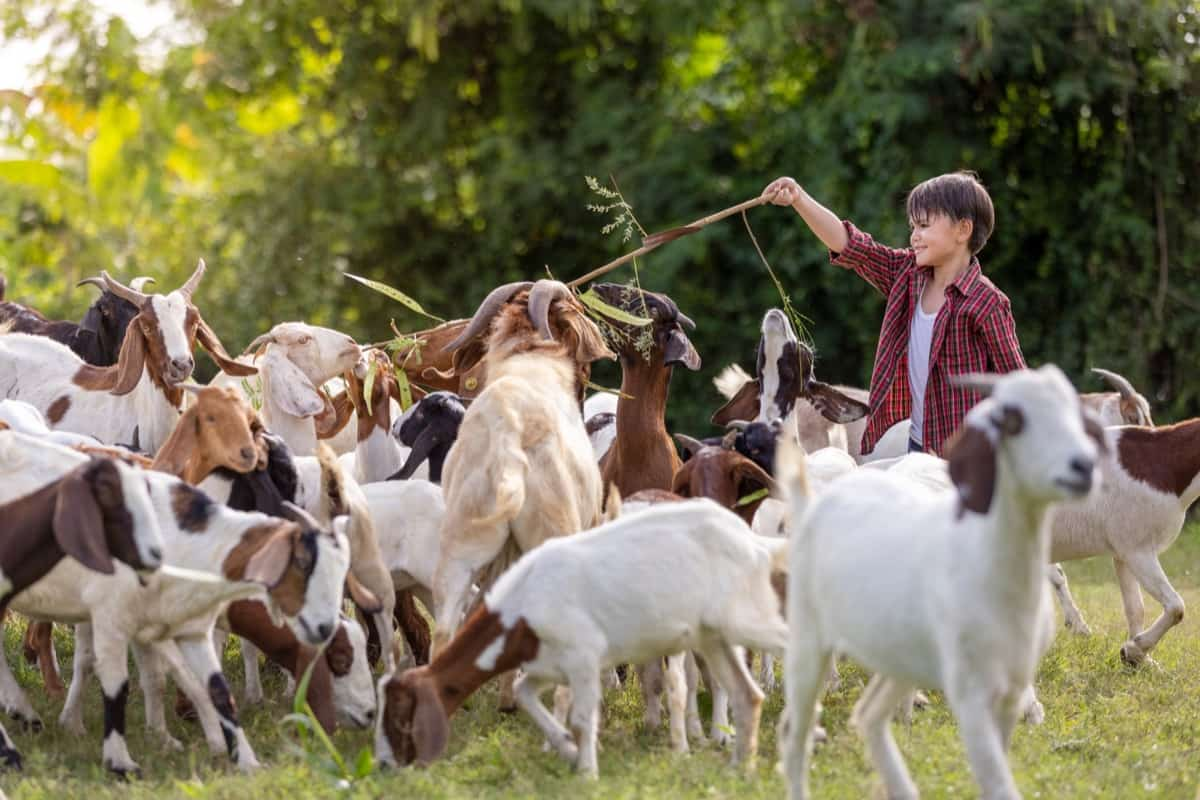
6. Choose the right location – When choosing a location for your goat farm, it is important to consider factors such as climate, terrain, and access to water and pasture. A good location will help ensure the success of your business.
7. Purchase quality breeding stock – It is important to purchase healthy and high-quality breeding stock for your farm. This will help ensure that your animals are productive and profitable.
8. Implement a management system – A good management system is essential for any goat farming operation. This helps you keep track of your goats, their health, and their production levels.
9. Marketing & Sales: To sell your goats and their products, you must develop a marketing and sales strategy.
Goat farming loans and subsidies in Zimbabwe
The Zimbabwe government offers a variety of loans and subsidies for goat farmers. These programs are designed to help farmers start businesses, expand their operations, and improve their productivity. The first step in applying for a loan or subsidy is to contact the Department of Agriculture. The department will then work with you to determine which programs you qualify for.
One of the most popular programs is the Agricultural Development Fund, which offers loans of up to $50,000 at an interest rate of 5%. The fund can be used for various purposes, including buying goats, building pens, and purchasing feed and other supplies. Another option is the Smallholder Agricultural Credit Scheme, which offers loans of up to $20,000 at an interest rate of 7%.
This program is specifically for small farmers who want to expand their operations. The government also offers a subsidy program for farmers who purchase goats from certified breeders. The subsidy covers 50% of the cost of the goats, up to a maximum of $500 per farmer. This program is designed to help farmers improve the quality of their herds.
Finally, the government provides grants for farmers who want to build slaughterhouses and processing facilities. These grants cover up to 50% of the construction, equipment, and training costs. This program is designed to help farmers add value to their products and improve their incomes.
Goat farming problems in Zimbabwe
The biggest problem is the lack of available grazing land, as much of the country has been deforested. This has declined the quality of grazing and has made it difficult for farmers to find enough fodder to feed their goats. In addition, diseases such as pneumonia and foot-and-mouth disease are common in Zimbabwe and can decimate a goat herd. These diseases are often difficult to treat, as many farmers cannot afford veterinary care. Finally, droughts are frequent in Zimbabwe and can cause extensive damage to goat herds.
In case you missed it: Key Rules to Improve Feed Conversion Ratio (FCR) in Goats: For More Profits in Goat Farming
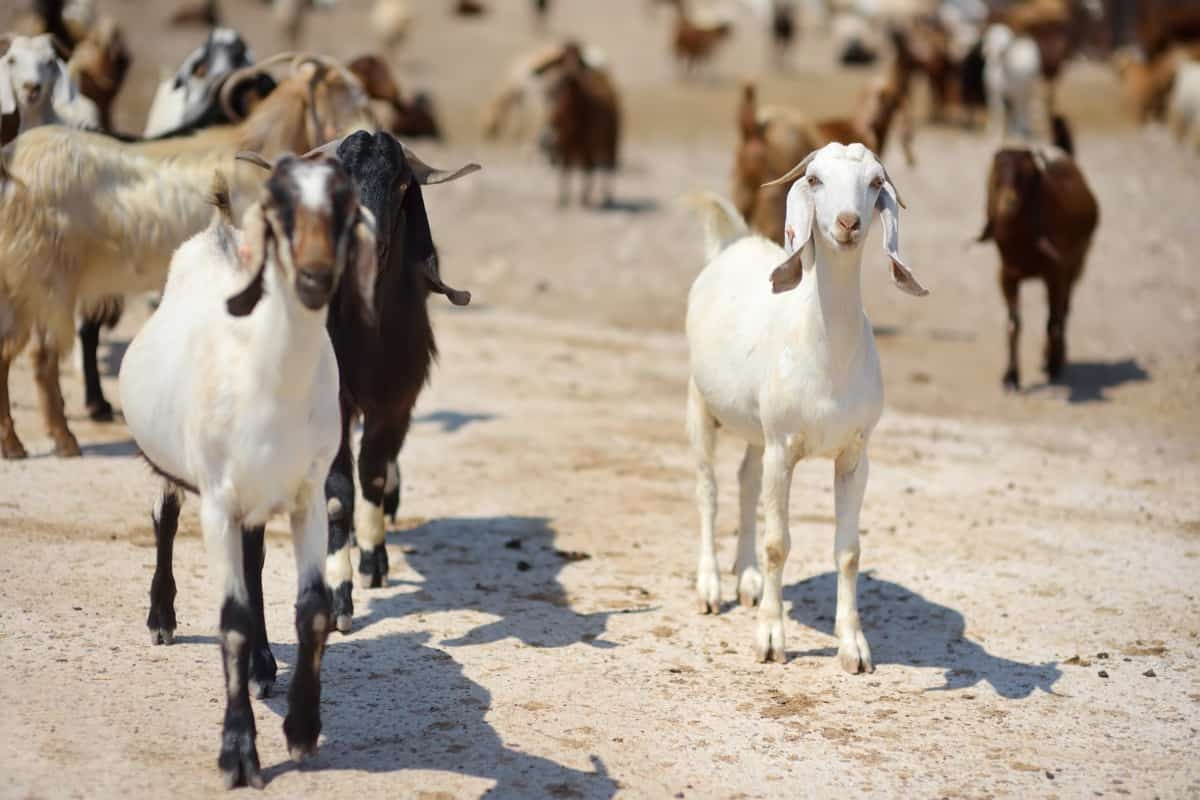
Goat farming challenges in Zimbabwe
One of the main challenges is the lack of knowledge and awareness among farmers about best practices for raising goats. There is a lack of access to quality breeding stock, so many farmers cannot improve their herds’ productivity. In addition, drought and other environmental factors can lead to high mortality rates among goats, making it difficult for farmers to maintain their herds.
The most significant challenge is the lack of access to adequate resources and infrastructure. This includes both land and water resources, as well as housing and fencing for the goats. Additionally, there is a lack of knowledge and technical expertise among farmers, which makes it difficult to implement best practices. Another challenge is the high cost of inputs, such as feed and veterinary care. Finally, the market for goat meat is still relatively small, which limits potential profits.
Market opportunities for goat farming in Zimbabwe
Goat farming in Zimbabwe has been on the rise in recent years due to the high demand for goat meat and skin. Also, the government has implemented policies to support the industry’s growth. The most common way of marketing goats in Zimbabwe is through slaughterhouses. Many slaughterhouses buy goats from farmers and then sell the meat to butcher shops and supermarkets. The skin is also sold to tanneries, where it is used to make leather products such as shoes and belts.
Another way of marketing goats in Zimbabwe is through live animal markets. These are held regularly in major cities and towns across the country. Farmers bring their goats to these markets, where they are sold to buyers who take them for slaughter or keep them for breeding purposes. Goat farming in Zimbabwe is a very profitable business with great growth potential. The demand for goat meat and skin is high, and there are many ways of marketing goats.
In case you missed it: How to Start Goat Farming in Brazil: Rearing Business Plan, Breeds, and Management
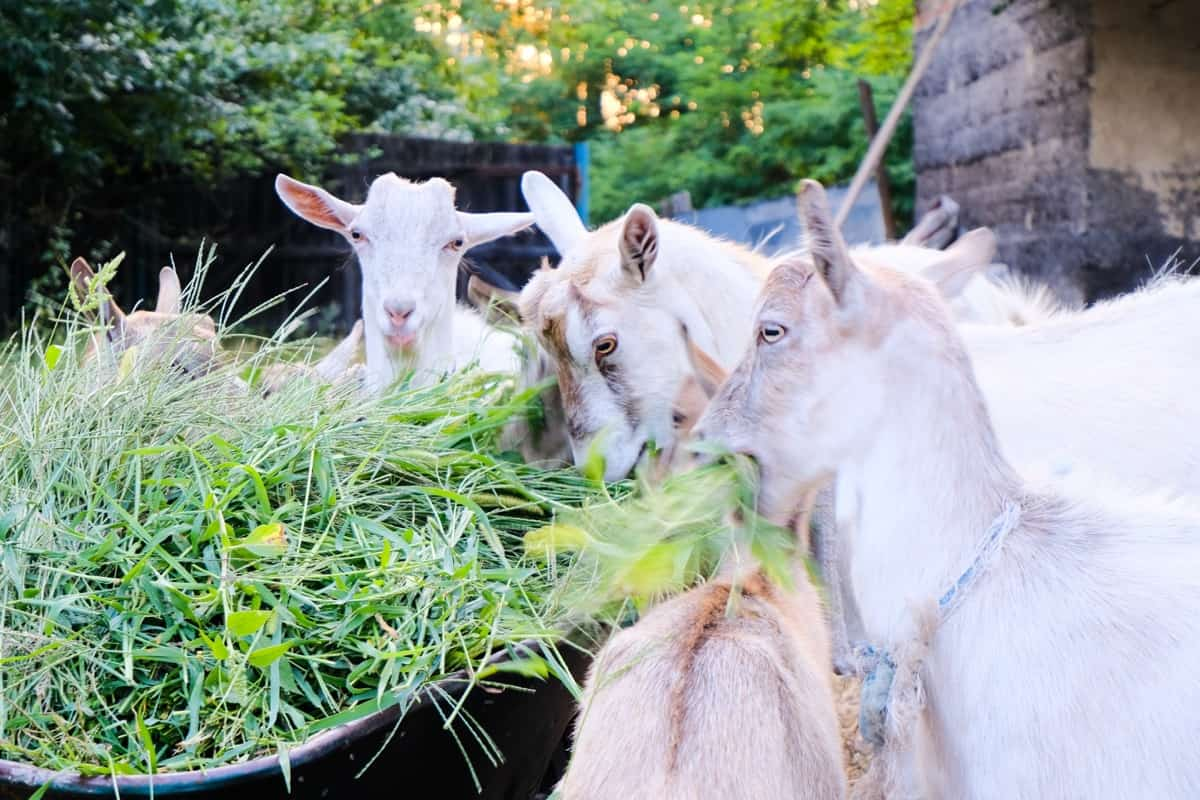
Conclusion
Goats play an important role in the livelihoods of many people in Zimbabwe. They provide food and income and are a vital part of the economy. With limited resources available to farmers in rural areas, goats are an essential source of sustenance for many families. The goat farming business is a very profitable business to operate in Zimbabwe. As a result, the demand for goat meat is increasing.
- Types of Pesticides Used in Agriculture: A Beginner’s Guide
- Economical Aquaculture: A Guide to Low-Budget Fish Farming
- 15 Common Planting Errors That Can Doom Your Fruit Trees
- How to Make Houseplants Bushy: Effective Tips and Ideas
- Innovative Strategies for Boosting Coconut Pollination and Yield
- Pollination Strategies for Maximum Pumpkin Yield
- The Complete Guide to Chicken Fattening: Strategies for Maximum Growth
- Natural Solutions for Tulip Problems: 100% Effective Remedies for Leaf and Bulb-Related Issues
- Revolutionizing Citrus Preservation: Towards a Healthier, Greener Future
- Natural Solutions for Peony Leaf and Flower Problems: 100% Effective Remedies
- Maximizing Profits with Avocado Contract Farming in India: A Comprehensive Guide
- Natural Solutions for Hydrangea Problems: 100% Effective Remedies for Leaf and Flowers
- The Ultimate Guide to Choosing the Perfect Foliage Friend: Bringing Life Indoors
- From Sunlight to Sustainability: 15 Ways to Use Solar Technology in Agriculture
- The Ultimate Guide to Dong Tao Chicken: Exploring from History to Raising
- The Eco-Friendly Makeover: How to Convert Your Unused Swimming Pool into a Fish Pond
- Mastering the Art of Delaware Chicken Farming: Essentials for Healthy Backyard Flocks
- 20 Best Homemade Fertilizers for Money Plant: DIY Recipes and Application Methods
- How to Craft a Comprehensive Free-Range Chicken Farming Business Plan
- Brighten Your Flock: Raising Easter Egger Chickens for Beauty and Bounty
- How to Optimize Your Poultry Egg Farm Business Plan with These Strategies
- Subsidy for Spirulina Cultivation: How Indian Government Schemes Encouraging Spirulina Farmers
- Ultimate Guide to Raising Dominique Chickens: Breeding, Feeding, Egg-Production, and Care
- Mastering the Art of Raising Jersey Giant Chickens: Care, Feeding, and More
- Ultimate Guide to Raising Legbar Chickens: Breeding, Farming Practices, Diet, Egg-Production
- How to Raise Welsummer Chickens: A Comprehensive Guide for Beginners
- How to Protect Indoor Plants in Winter: A Comprehensive Guide
- Ultimate Guide to Grow Bag Gardening: Tips, Tricks, and Planting Ideas for Urban Gardeners
- Guide to Lotus Cultivation: How to Propagate, Plant, Grow, Care, Cost, and Profit
- Agriculture Drone Subsidy Scheme: Government Kisan Subsidy, License, and How to Apply Online
- Ultimate Guide to Raising Araucana Chickens: Breed Profile, Farming Economics, Diet, and Care
- Bringing Hydroponics to Classroom: Importance, Benefits of Learning for School Students
- Ultimate Guide to Raising Polish Chickens: Breed Profile, Farming Economics, Diet, and Care
- Ultimate Guide to Raising Australorp Chickens: Profile, Farming Economics, Egg Production, Diet, and Care
- Silkie Chicken Farming: Raising Practices, Varieties, Egg Production, Diet, and Care
- Sussex Chicken Farming: Raising Practices, Varieties, Egg Production, Diet and Care
I am a start up
Good information
I’m learning
This is good stuff thank you l am learning
As a new farmer…
AS A NEW FARMER IT is a VERY GOOD INFORMATION FOR ME. Thank you
Thank you. Very informative. Marking a plan to start on a small scale.
I would like to start on this venture, would like to have more information on this project . I am from Mashonaland so i would like to know the type of goat to rear